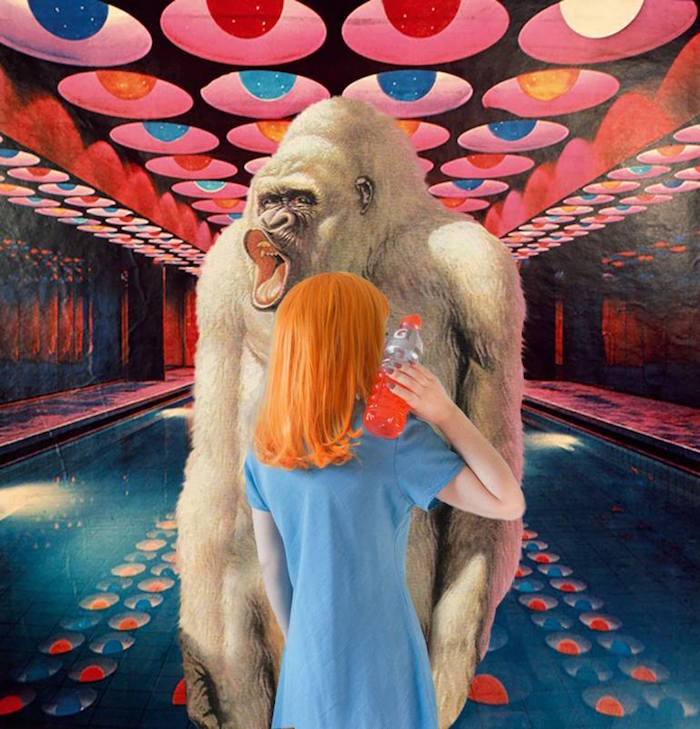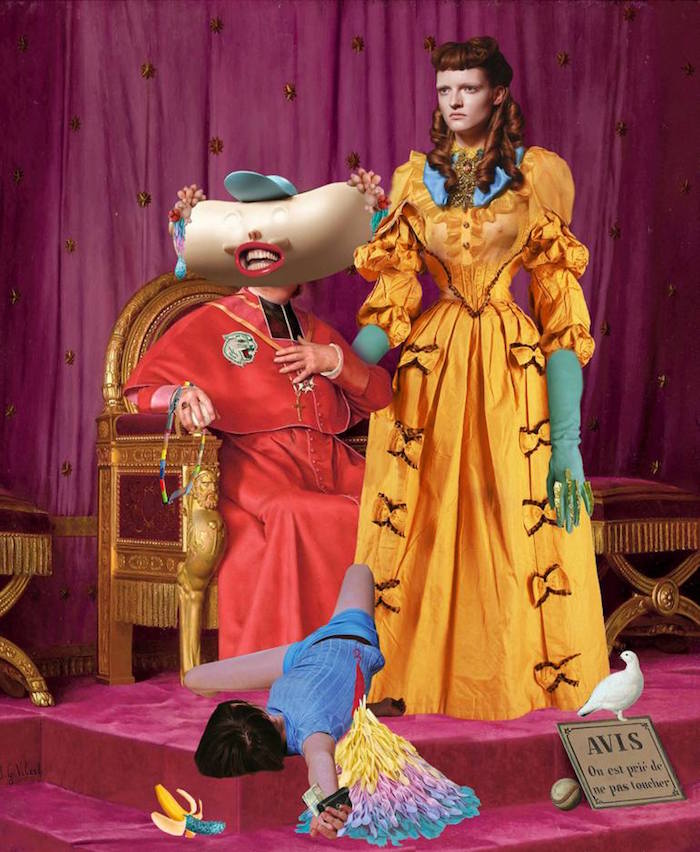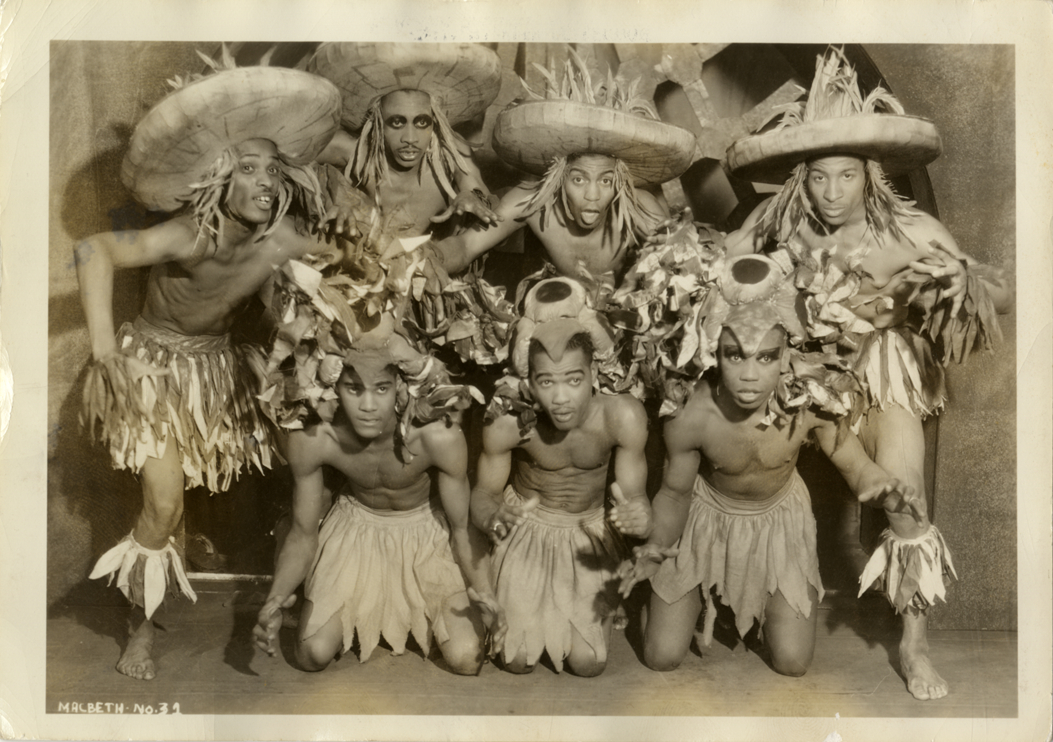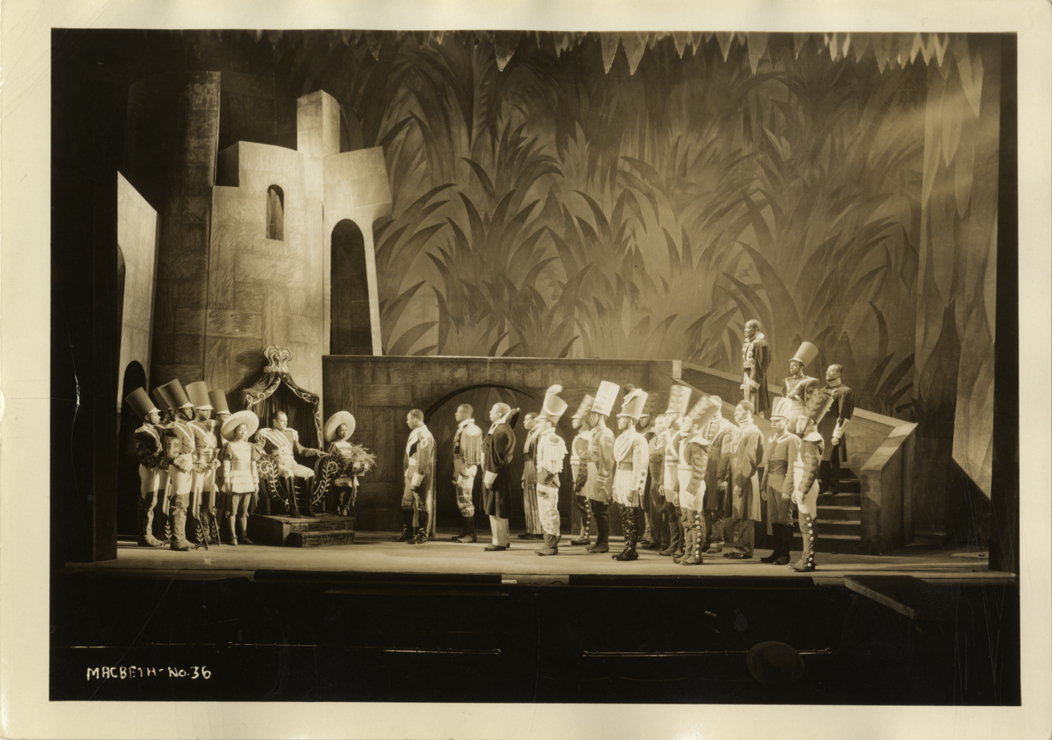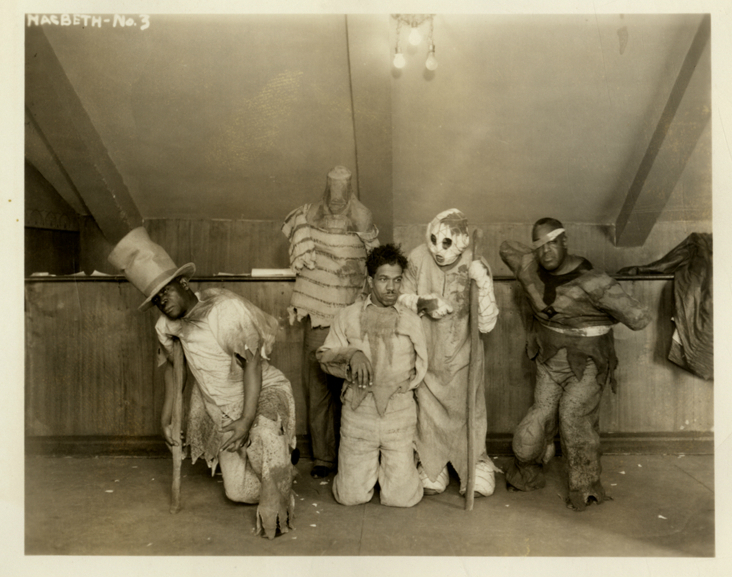
Photo by Chris Carter
Next week, Cosey Fanni Tutti—visual and performance artist, author of Art Sex Music, member of Throbbing Gristle, COUM Transmissions, Chris & Cosey, Carter Tutti, and Carter Tutti Void—will release her first solo album since 1983’s Time to Tell. The erotic undertow and ghostly foreboding of the music on the new LP, Tutti, which originated as the soundtrack to the autobiographical film Harmonic COUMaction, take me to a wonderful place. Cosey kindly spoke with Dangerous Minds by phone on Martin Luther King, Jr. Day.
What are the sources that you used for this album? How did you record it? The press materials say that it’s mostly based on source material from throughout your life.
Yeah, that’s right. All the audio sources for the album were taken from recordings throughout my life, whether they were audio voices, phone calls, anything like that, which we’ve always recorded and I’ve always recorded for a long, long time now. And because the original music for Tutti was done as a soundtrack for a film that was based on images throughout my life, that’s why I used the audio for the same thing, so they both married up, and they represented me, basically. Yeah, and then I manipulated it all, so that’s where it all came from.
That’s so interesting, because the only vocals I recognized are on the song “Heliy.”
Yeah, I was singing live.
Can you identify any of the people whose voices appear on the album in different form?
No. [laughter] I can but I won’t. It’s people that literally have been in my life, and it’s not so much about recognizing their voice so much as. . . it’s just the essence of everything that contributed to making me who I am, and it was like that with the visuals and with the audio.
Is this the Harmonic COUMaction movie? Can you describe it for me?
Well, it’s like I said, they’re still images taken right from my birth, it begins with—to put it in context, when I was asked to do something for the Hull City of Culture, which, Hull is where I was born and where COUM really started, began there, and I was asked to do something there and put together a COUM Transmissions exhibition, retrospective. So I was working with all that material, and then I was asked to do a live performance, and at the same time I was doing my autobiography, so everything kind of came in right at the correct moment for me, so one thing fed the other. And I decided to do a film, like I said, of visuals that represented who I was from the town where I was born, where the exhibition and the City of Culture was taking place, and that’s when I put all the audio together for it as well.
In the film, there’s images of me, there’s my parents when I was born, my sister, where I lived, so there’s geographical references as well as personal references to people. And I did it so they’re all morphing into one another, a kind of visual representation of me being formed, basically. So everything is, like, running and melting from day one, and people turn into other people, into buildings, into—even my pet dog Tremble is in there. Everything is there that was really important to me throughout my life and recorded, and it all just becomes transformed into me, as this metamorphosis of who you are and what formed you. So the visuals are like that, and there’s like things collapsing in and then reforming into something else. That’s how I visually decided to present how I felt about my life.
It sounds like a representation of your “art is life, life is art” philosophy.
Well, yes, it’s all there. It is, actually; that’s what it is, you get the impression, then. That’s where my work is based and continues to be based, is how I traverse this planet, basically, and how it affects me and how the people I come into contact with affect me, and all the forces at play: emotional, physical, geographical. It’s important, ‘cause that’s how we all are, to be honest.

Can you tell me a little about that event? Was there any kind of a COUM reunion? I don’t know who’s still around from that period.
Yeah, it was quite sad, actually, because we’ve lost some people along the way, like everybody has. For the exhibition, I did a new piece as well, which was called “COUM Talks,” and it was basically talking heads of seven original members of COUM. And we lost one of those after I interviewed him. All these people, I had filmed, with just a few questions about COUM—when they joined, when they left, what it meant to them, any particular part of COUM that stood out to them as a memory—and then after that they could talk about what they wanted, really. So I had these seven screens in the exhibition room, and each person was reflecting on COUM and what it meant to them and their little memories, it was really interesting.
And Tim Poston, one of the first founding members of COUM, as well, was the one that sadly passed away. But it’s quite serendipitous, really, ‘cause when I was putting this together, he’d got in touch with me before I got in touch with him [laughs], and he was working in India at the time. You should look him up, he’s an incredible person. When I met him, he was telling me about figuring out how to get ultrasound to work to help irrigate arid areas and things like that. He’d also done research and provided a really cheap way of testing eyesight in India, in the villages there, so people could get treatment, that kind of thing. He was an incredible person. He got in touch with me, and I told him about what was going on, and he happened to have a brother who lived in the same area of the UK as me, and he was going to visit him. So we met up, and I said, “Do you want to do this interview for the exhibition?” And we met up and filmed him, had a lovely time together, and then about six months later he passed away. It was really sad. But then again, I think it’s quite wonderful that he was recorded. His piece, in particular, people absolutely adore, because he has a very. . . peaceful demeanor. He looks like Gandalf, for a start [laughs], so you get some idea. And he has this beautiful staff that he’s always carried around with him, so he’s been Gandalf before. . . maybe he took it from Gandalf. So we met him here, and had a wonderful time with him, and then lost him, sadly. But he was in the exhibition, which was wonderful, and COUM meant such a lot to him. And that’s a new piece that I did for the exhibition as well.
Was it strange at all to be recognized as sort of “official culture” in Hull? I imagine that would be gratifying, but it seems so different from the way COUM was received at the time.
Yeah, it was a funny one, really. That kind of acknowledgement had gained momentum over the past, I guess, 15 years, where I’d been included in group shows in my own right, as well as contributed for COUM, over the years, so it wasn’t so strange. But I kind of thought it was quite ironic. It’s the kind of thing that we would have embraced as COUM, if COUM had still been going. Kind of, like, Yeah, that’s a little bit unexpected, but great! We’ll run with that.
I was given the option of different spaces to do the exhibition: the Ferens Art Gallery, which is kind of, like, quite institutional, and there’s one at the college, the Philip Larkin Gallery, which were both really beautiful. But then I was given the option of a place that could be refurbed, which was bang in the middle of where we used to do all the COUM street actions, and that just felt so right, even though it was derelict at the time [laughs] when I went ‘round, had a look. I said, “Oh, it’s got to be here, because this is where we were, this is where the spirit of COUM was.” So it was carefully planned in that respect. So to be accepted, but then at the same time impose the actual spirit of COUM on it as well, that, Yes, we’ll have that, but we’ll want this space here—that’s the best place, because it’s where we worked.
It sounds like some serendipity was involved overall.
Yes, definitely. It was quite uncanny. There was a lot of things like that going on at the same time. The momentum of that element of serendipity kind of went through the whole, well, two years of preparation, yeah.
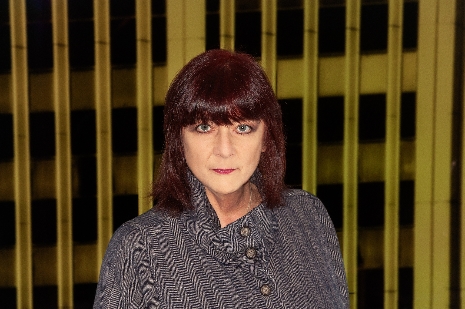
I listened to the audiobook of Art Sex Music, which is really wonderful. I know that you were estranged from your family; had it been a long time since you’d gone back to Hull?
No, I’d gone back to Hull ‘cause my sister still lives there, and Les has lived there, has never moved out. So I’ve always gone back to visit Les, right from. . . yeah, when Nick was born, ‘82, we were back in Hull with Les. I’ve always gone back, I’ve never felt estranged from Hull at all, it’s just my place there has changed in itself.
It’s not the Hull I remember—even more so now, because there’s been a lot of regeneration going on because of the Hull City of Culture. It’s not the Hull I remember like London isn’t the London I remember, either, when I go back there. Places change, and what it means to me, it doesn’t mean that to people who are there now [laughs]. But I still have a real fondness for my time there because it was instrumental in a lot of things I do, and informing me, and forming me, from the very beginning. That was where things began for me.
Much more after the jump…
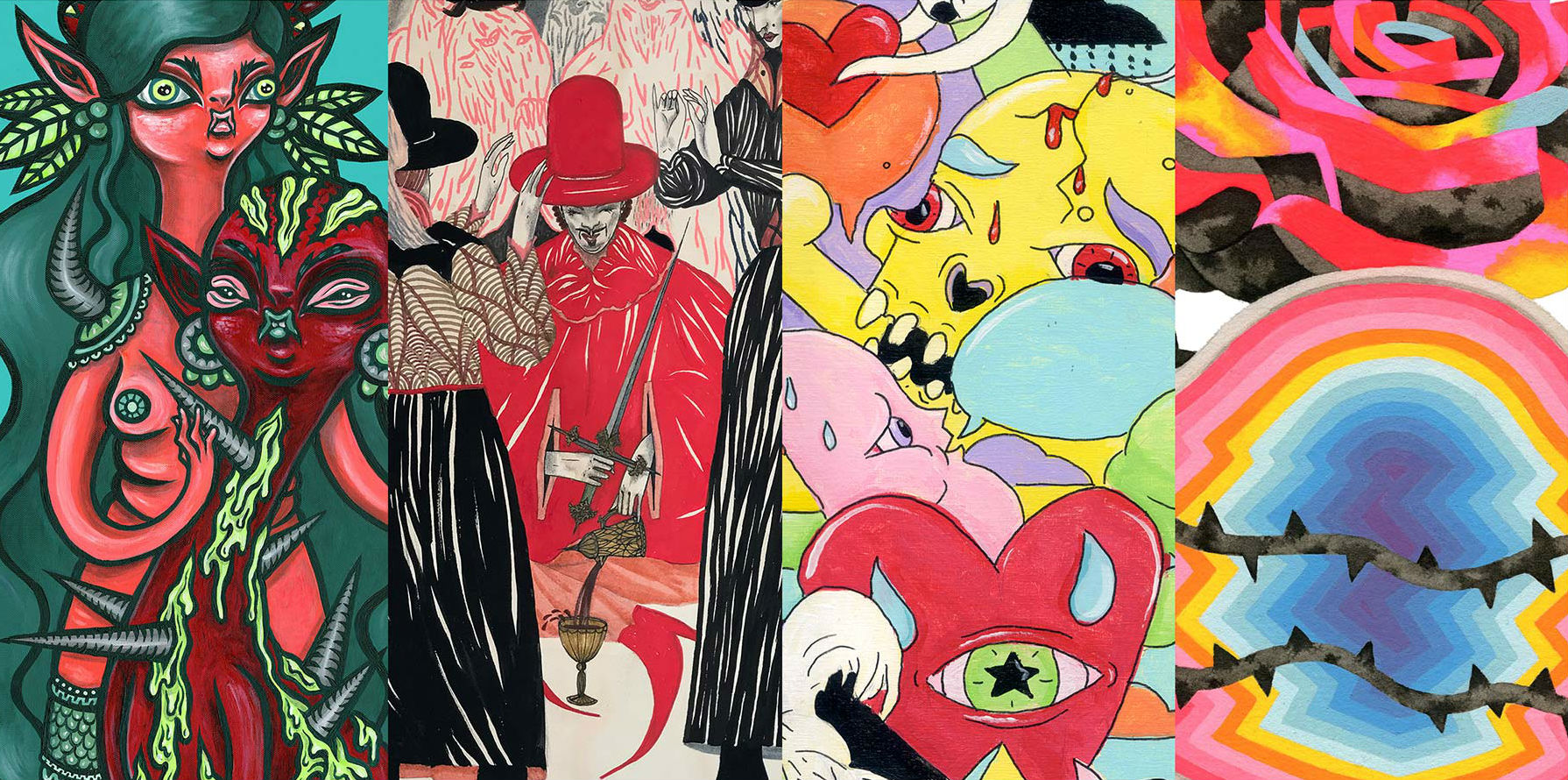






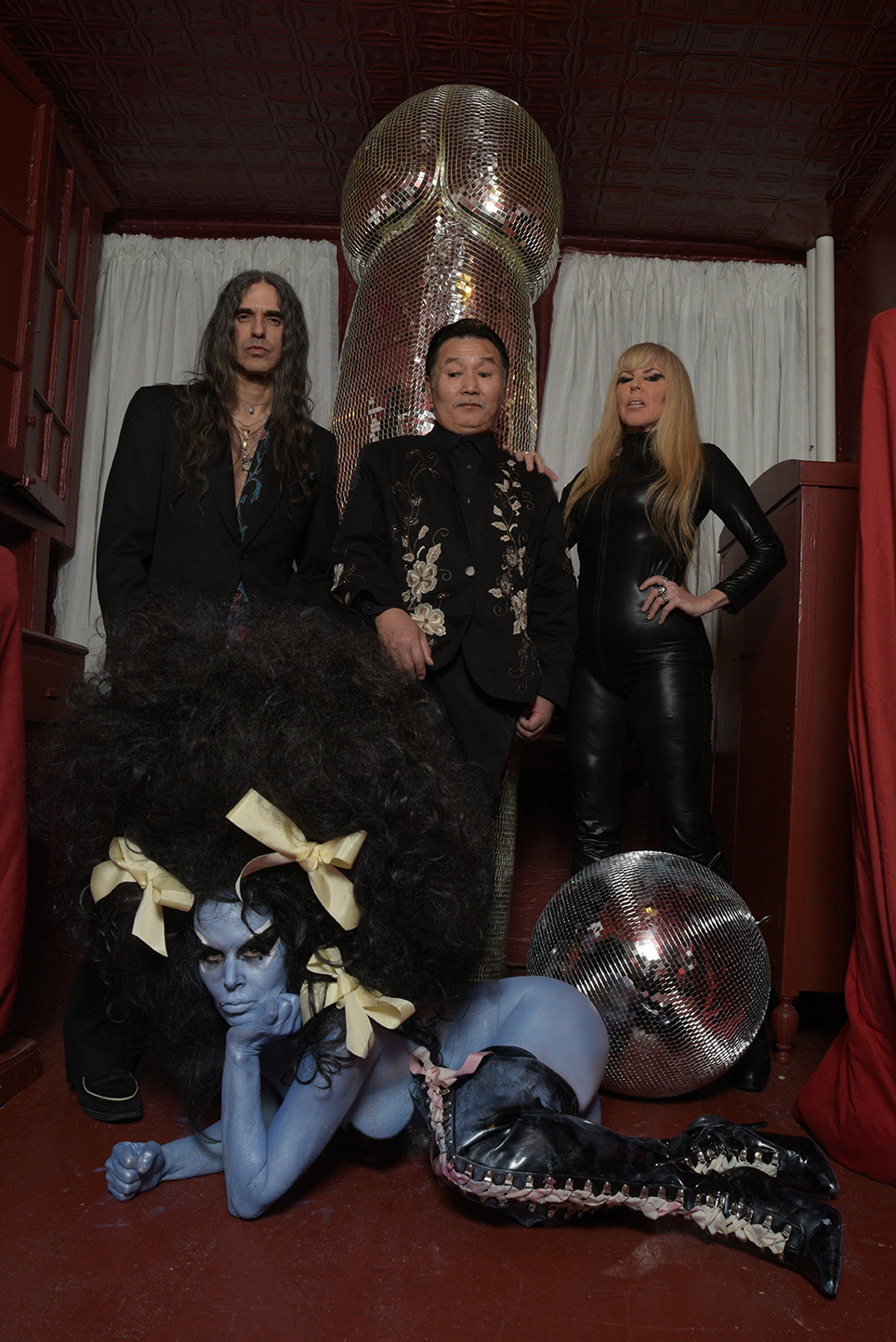



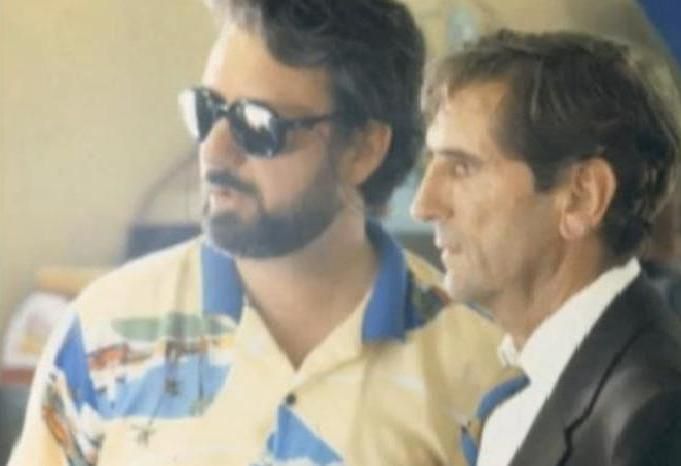
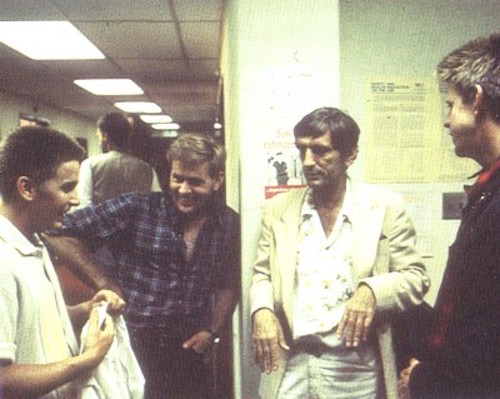


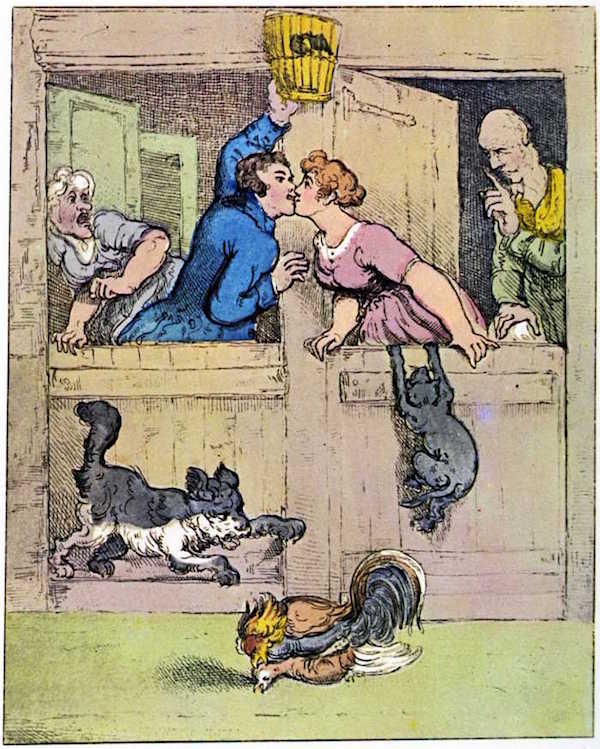
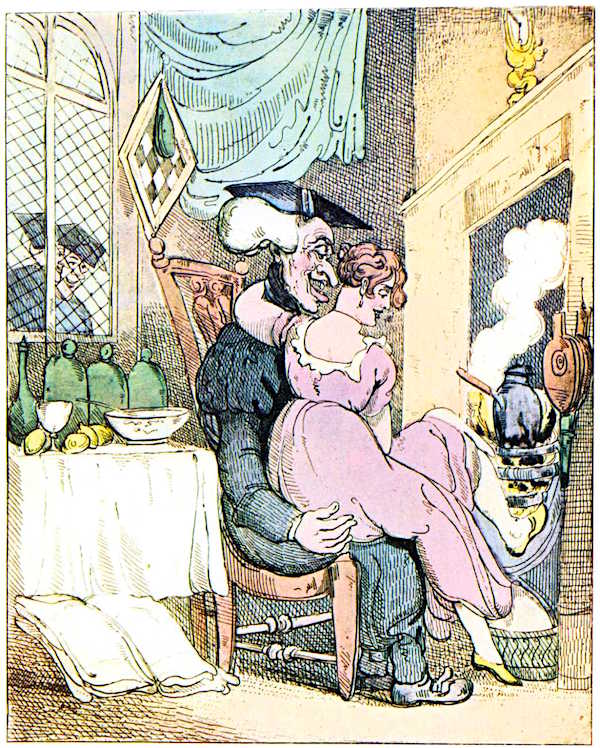




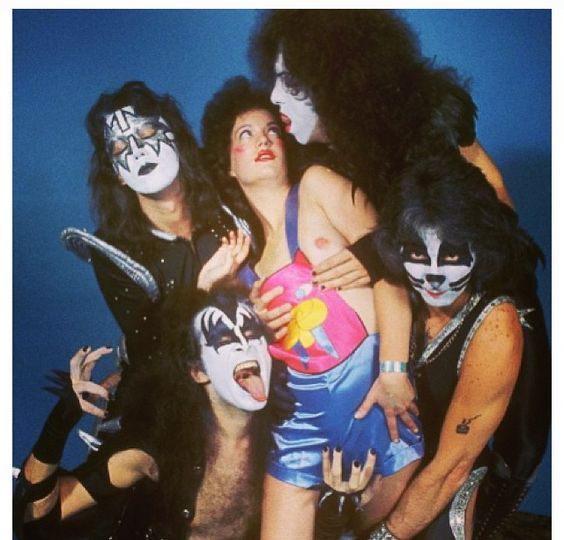




.jpg)
_Berman.jpg)

